How to press basketball
How to Run an Effective Full-Court Press in Basketball
A well-drilled team running a full-court press is exciting to watch and can be devastatingly effective against any opponent.
When your players are all on the same page and rotating as one unit, the press will give you many advantages that can turn a game in your favor.
In this article, we'll take a look at several different things...
- The different types of full-court presses.
- The main reasons why you should use one.
- The negatives.
- When you should consider running a press.
- And much more.
But before we get started with all of that, let's go back to basics...
"What is a full-court press?"
When coaches say 'full-court press', they're talking about putting pressure on the opponent for the entire length of the court.
This is instead of sprinting back to the half-way line and setting up a half-court defense like many teams do.![]()
Two Main Reasons to Run a Full-Court Press:
1. To Create Turnovers
Let's start with the most obvious benefit...
Forcing the opposition into turnovers.
The more steals your team can get by running a full-court press, the more opportunities they'll have to score.
2. To Dictate the Tempo of the Game
Using a full-court press to dictate the tempo of the game is the benefit most often overlooked by basketball coaches...
Yet it could be the most important reason to use one.
Even if the press your team is running doesn't result in a steal, running one can force the opponent away from their strengths and make them play a style of basketball they're not comfortable with.
This is a huge win for the defense.
For example...
If you're competing against a team that likes to slow the basketball down and pass inside to a dominant post player, running a full-court press will force them to play faster and take more undisciplined shots early in offense.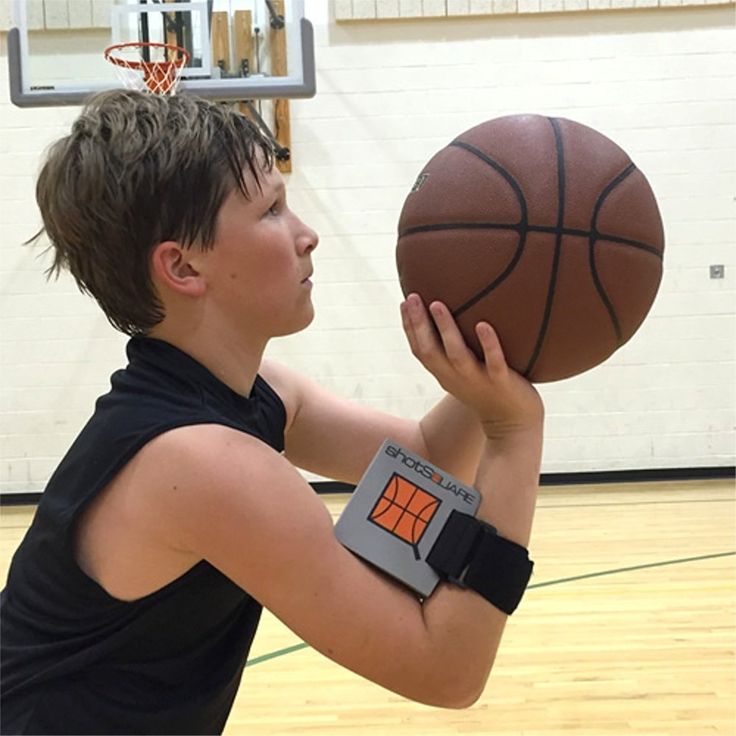
When to Run a Full-Court Press:
A full-court press can be effective against anyone...
But using one against certain teams or in specific situations can give your team's full-court press a higher than normal chance of success.
Here are a few examples:
1. Against Teams With Poor Decision Makers
Dribbling and passing are the two most important skills for breaking a press and advancing the basketball up the court...
It should come as no surprise that a full-court press can be very effective against teams without quality guards who make smart decisions.
2. Against Teams With a Limited Bench
Playing against a full-court press is physically and mentally demanding.
It's challenging for both the offensive team and defensive team to compete full-court possession after possession.
This gives the team with a deeper rotation an immediate advantage as they're able to keep their team fresh by subbing players in and out without a loss in the quality of play.
3. Against Teams With a Great Half-Court Offense
A high-energy full-court press can be extremely effective against teams who like to slow the basketball down and run their half-court offense.
Using the same example as before...
Perhaps they have a dominant post player they like to isolate on the block.
Running a full-court press can speed up the game and take them away their half-court offense.
4. When Your Team Needs a Burst of Energy
Occasionally you will have games where your team looks tired and unmotivated to play hard.
Maybe they've already played 2 or 3 games that weekend or your team has just travelled to a tournament a long distance from your home town.
Either way, running a high-intensity full-court press can be a great way to change things up and snap your team out of a sluggish start.
5. When the Opposition Goes on a Run
If you experience a stretch where the opposition scores 6 - 8 quick points, use a full-court press to change the game.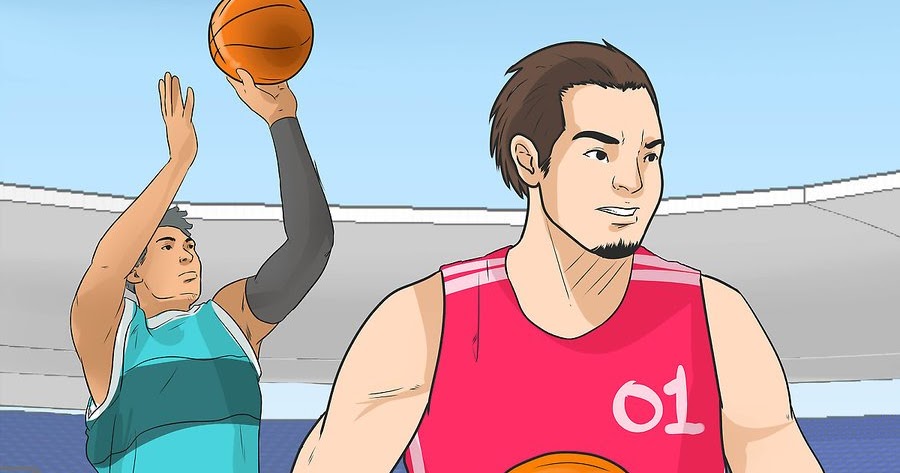
Allowing a small 6+ point scoring run can skyrocket the opposition team's confidence because they will think they have your team figured out...
Changing the defense and tempo is a great way mix things up and take control of the game again.
6. To Get the Ball Away From a Star Player
Sometimes your team will face a great point guard and you just want to get the basketball out of their hands..
Instead of allowing them to easily dribble up the court and set up the offense, a full-court press forces them to pass early.
As long as your team doesn't allow them to easily get the basketball back, it can force a different player to set up the offense and create scoring opportunities.
Negatives of Running a Full-Court Press:
But while there are many positives, it's not all sunshine and rainbows...
There are negatives to implementing a full-court press.
Make sure you're aware of these points when deciding whether or not to implement one on your basketball team.
1. Bad For Youth Basketball
I won't go into too much detail on this topic (I'll save that for an entire blog post), but it's important to know that running a full-court press isn't great for the development of youth players.
There are a few main reasons for this:
- Youth players aren't strong enough to throw the basketball over the press.
- Youth players aren't strong enough to make hard, quick passes.
- Youth players don't have the experience or decision making skills to break a full-court press.
All 3 points above result in a youth defense being able to flood the front court without fearing a long pass over top and allowing a wide open layup.
This can result in steals for the defensive team simply because they're outnumbering the offensive team in the front court and taking advantage of their physical weaknesses.
This is not a good environment for learning and development.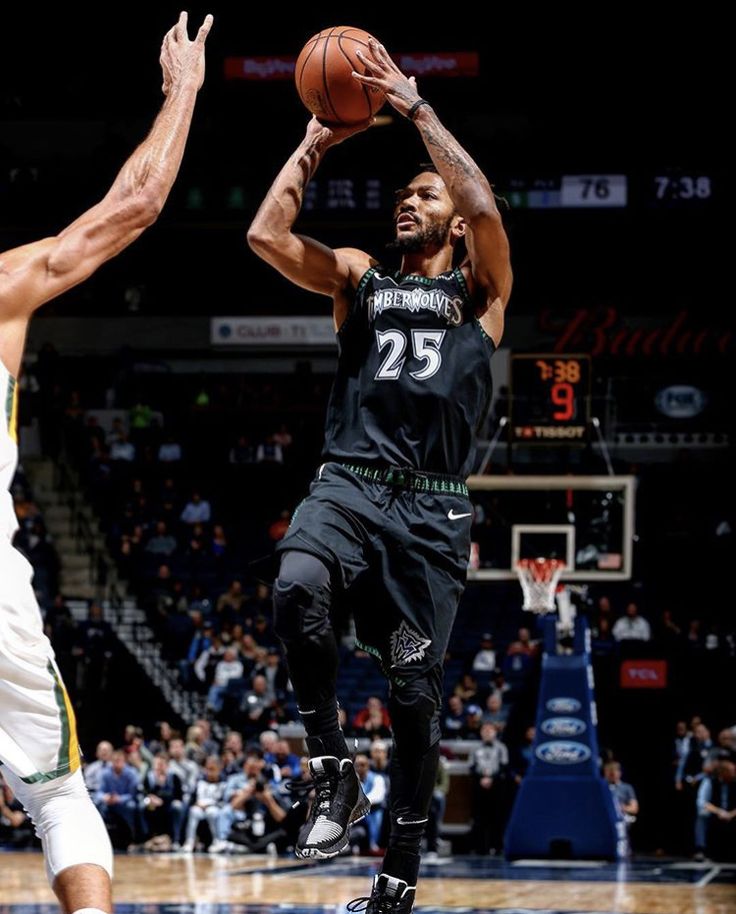
In my opinion, players get the most development from playing half-court man-to-man.
Which is why I always recommend youth teams drop back beyond the half-way line on defense and allow the players to compete in the half-court as much as possible.
2. Takes a Lot of Time for Players to Learn
If you've been following BFC for a while, you'll know we recommend the 50/25/25 practice structure for youth basketball.
- 50% - Skill Development
- 25% - Strategy
- 25% - Small-Sided Games
Depending on the competition and level you're coaching, a lot of coaches only have one hour with their team each week...
Attempting to teach your team a half-court offense and half-court defense is hard enough in that limited amount of time.
Adding a full-court pressure defense will take up even more practice time that could be better spent on other areas of the game.
Types of Full-Court Press:
There are many different full-court presses for a coach to pick from.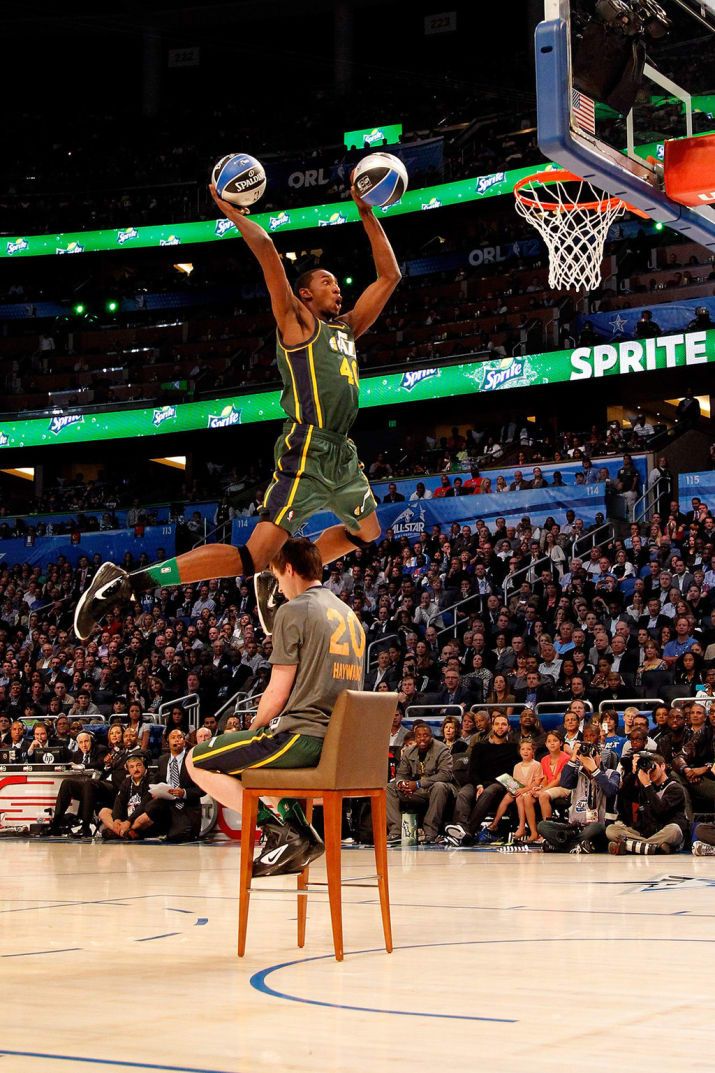
Depending on your team's personnel (strengths and weaknesses), some will be better suited to your team than others.
(Note: Not all of the presses listed below are traditional 'full-court' presses. Some are 3/4 court presses. But I assume anyone reading this post will be interested in them too.)
Below, I'll break down the 7 most common...
1. Man-to-Man Press
A man-to-man press involves every defensive player guarding a direct opponent for the entire length of the court.
a. Full-Court Man-to-Man Pressure
Involves every defensive player defending their direct opponent for the entire length of the court.
b. Full-Court Run and Jump Defense
Involves every player starting with a direct opponent in regular man-on-man, except there are several 'Run and Jump' rules which encourage trapping and switching which can disrupt the opponent.
2. Zone Press
There are many variations of a full-court zone press that teams can run depending on the team's personnel and how the coach wants to play.
Each of them has their own strengths and weaknesses, but all of them can be run effectively by the right team.
Here are 6 of the most common variations of the full-court zone:
a. 2-2-1 Press
Involves two players across the free-throw line, two players near half-court, and one player down back as safety.
b. 1-2-1-1 Press
Involves one player at the front defending the inbounds pass, two players across the free-throw line, one player just above the three-point line, and another player down back as safety.
c. 1-3-1 Press
Involves the front defender on the three-point line, three defender across the half-way line, and a safety at the back.
d. 3-1-1 Press
Involves three players across the free-throw line, one player just in front of the half-way line, and a safety at the back.
e. 1-2-2 Press
Involves one player on the free-throw line, two players just before the half-way line, and two players down back.
Deciding Which Press to Implement:
With so many options available, it can be difficult for a coach to decide exactly which full-court press to teach their team.
To help you with this, here are the three main questions to think about...
a. Do you want to play fast or slow?
The first thing you must do is evaluate the speed at which your teams plays their best basketball.
Some teams prefer to play at a fast pace using the 1-2-1-1 press...
Getting steals and then quickly attacking the hoop looking to score or draw the foul.
Other teams prefer to slow the ball down using the 2-2-1 press...
Forcing a turnover and then putting the breaks on and either passing the basketball around the perimeter or working the ball inside to a post player.
b. What are the strengths and weaknesses of your key players?
Next, look at your key players individually...
If you have a great post player who can protect the rim in a two-on-one situation, you might feel comfortable implementing an aggressive press like the 3-1-1 knowing if the first two defensive lines get beat, they will be able to protect the rim.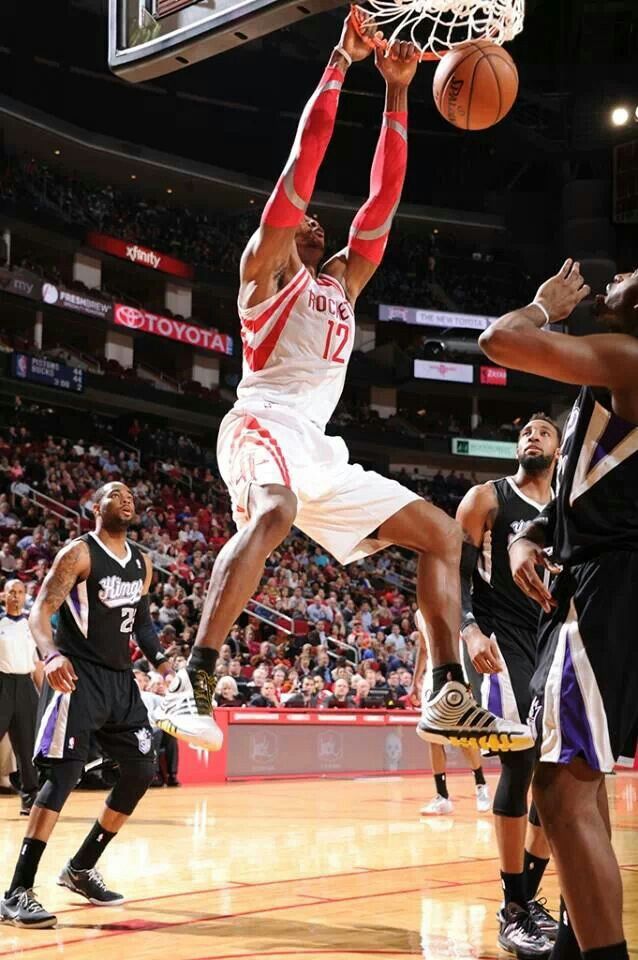
But if you don't, it might be better to use a conservative press like the 1-2-2.
c. Which press will be most effective against your opponent?
When coaching older teams and you have more practice time, you can choose to implement two different full-court presses...
One that speeds up the opposition (e.g. 1-2-1-1) and one that slows them down (e.g. 2-2-1).
Then your team can change it up depending on the opponent.
But during youth basketball, I recommend focusing on the first two questions and selecting a full-court press that fits your team's personnel without worrying about the opposition.
The Most Important Part of a Full-Court Press
I heard this following quote said while watching an online coaching clinic and it's stuck with me ever since...
The desire to sprint back on defense after the press has been broken is the most important part of running a full-court press.
Agreed.
No matter what full-court press you use, it isn't going to work every time your team sets it up.
Heck, even the best teams may only force a turnover on less than 25% of possessions.
Which is why every player on the team must be committed to sprinting back on defense immediately after the basketball has passed their defensive line.
Once they're back, players must communicate and use smart rotations to ensure all offensive players are being guarded without allowing an open shot.
Conclusion
There have been times where we’ve ran a full-court press, made zero steals, but the full-court press has been super effective.
"Why?"
Because it prevented the opposition from playing their style of basketball.
Here's the key:
When they want to slow down and control the ball, speed them up.
When they wanted to play fast and score quickly, slow them down.
Implementing one of the full-court presses above will help you do this.
How to Run the 1-2-1-1 Diamond Press Defense
The Diamond press (also called the 3-1-1 or the 1-2-1-1 press) is suited for all levels of play. The press is designed to force turnovers by speeding up the decision making process of the offense. Your team must have quick players with good instincts for this press defense to be effective. Do not run this press if you are not willing to occasionally give up easy baskets.
The press is designed to force turnovers by speeding up the decision making process of the offense. Your team must have quick players with good instincts for this press defense to be effective. Do not run this press if you are not willing to occasionally give up easy baskets.
Quickly transitioning from offense to defense is crucial to prevent miscommunications that result in those easy baskets. Communication in games and practices is vital to make this press effective. Be sure to constantly remind your players that the offense's goal is to get the ball in the middle of the diamond. Getting the ball in the middle of the diamond breaks the press.
Note: Breakthrough Basketball strongly believes all youth level teams should only play man-to-man defense.
X4 is for the post player closest to the basket. X2 and X3 are for the two guards closest to the basket. X1 is for the guard furthest from the basket. X5 is for the post player furthest away from the basket.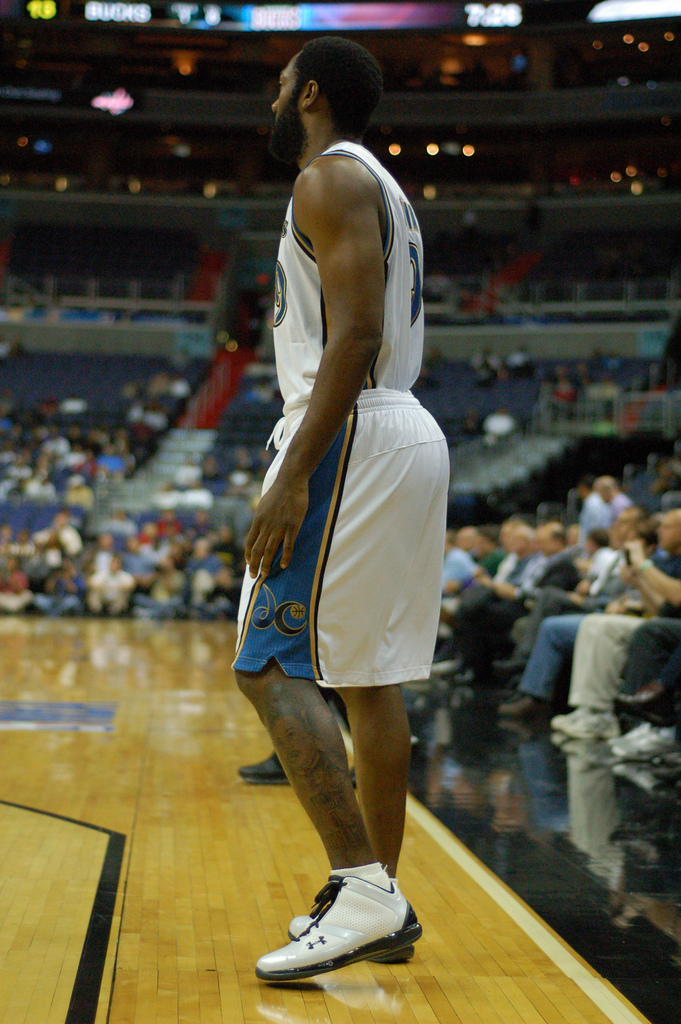
The Diamond press can also be run directly out of a made free throw. The free-throw shooter is up top. X2 and X3 are positioned on the wings. X1 and X5 are at their usual positions.
The offense will likely set up in this press break. Line X1 directly behind 5 and parallel to 3 and 4 to intercept any long passes. X4 denies any inbounds pass to the middle. X2 and X3 look to force the inbounds pass to go into the corners. X5 is the safety in case of a long pass.
As soon as the ball is inbounded to the corner, X2 and X4 must trap immediately. X2 must not give up the sideline.
If the pass is made to 5 or 1, reset to the initial formation.
If the pass is made to 4, X1 looks to cut off the sideline. X3 and X4 sprint back. X2 looks to prevent any passes to the middle by forcing 4 to dribble up the sideline. X1 and X4 trap once the ball crosses half-court.
If the pass is made to 3, the press is broken. Your team must fall back to your base half-court defense. You can still force a turnover if X4 can tip the ball from behind.
Your team must fall back to your base half-court defense. You can still force a turnover if X4 can tip the ball from behind.
1-2-1-1 Diamond Press Tips
Here are five concepts to emphasize when working on this press in practice. A breakdown in any of these areas will lead to the press being broken.
1. Sprint to the nearest spot after a made basket. Get your players to think about pressing as soon as they transition from offense to defense. The press is almost always broken when one or two players fail to remember that their team is running a full-court press.
2. Only trap on the sides. Trapping in the middle is counterproductive because the offense has four directions to escape the trap via the dribble or the pass.
3. Do not allow the ball to go in the middle of the diamond. This will put the defense in an unfavorable position because there is only one player to cover three spots.
4. Keep the ball behind the first line of defense for as long as possible.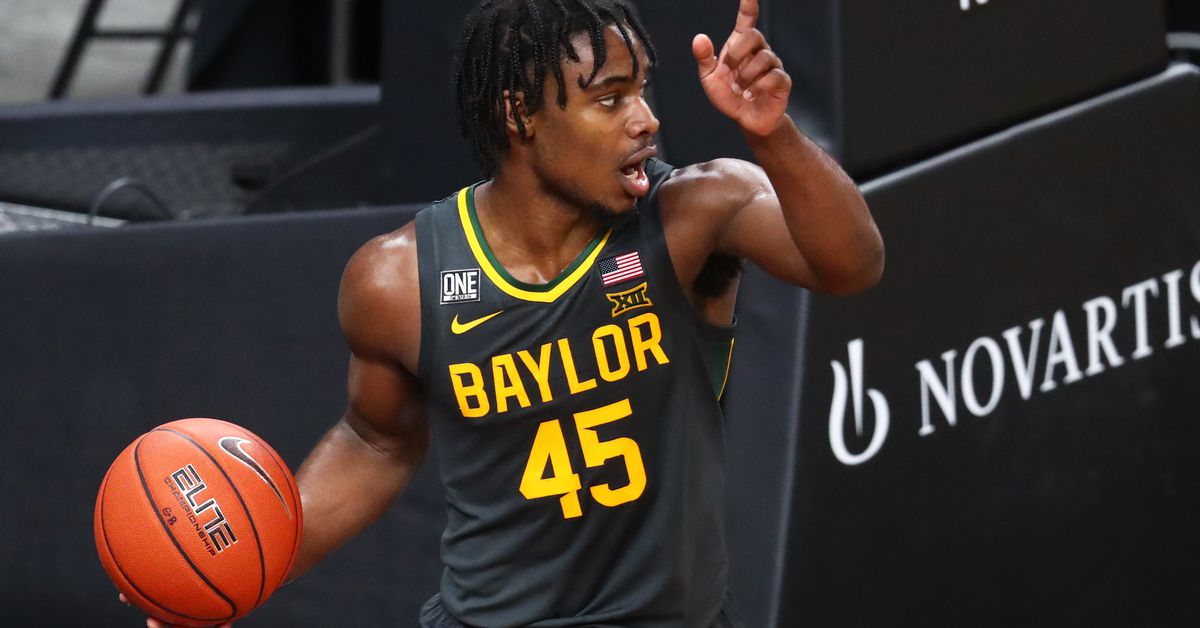 Move your defense back depending on where the offense is initially set up. Always remind your players that the offense has ten seconds to get the ball across half-court.
Move your defense back depending on where the offense is initially set up. Always remind your players that the offense has ten seconds to get the ball across half-court.
5. Have their hands up when trapping the ball. Do not give your opponent an easy target to break the press. Remember that short passes to the middle are the best way to break the Diamond press.
6. Get hands up when closing out to guard a player or trap. By simply getting your hands up, you′ll get numerous deflections and turnovers.
Drills for the 1-2-1-1 Diamond Press
To reinforce these five concepts, here are two simple drills to work on in practice.
Drill 1 - Free Throw Situations
Drill 2 - Half Court Overload
Related Pages and Helpful Resources
Zone Defense Concepts & Tips
Man to Man Defense
Does Your Defense Match Your Purpose? A Look at Defensive Alignments
What do you think? Let us know by leaving your comments, suggestions, and questions. ..
..
Basketball pressure - Ball territory - Blogs
Ball territory
Blog
This post was written by Sports.ru user, every fan can start writing (you can do it here).
In the basketball world, “pressing” is commonly understood as guarding the opposing team's defenders all over the court. Pressing is also one of the types of team defense.
Usually, after a goal is scored, teams retreat to their own half of the court and give the opportunity to freely bring the ball to the opponents in the attack zone, but there are episodes when you need to crush and take the ball away 🏀
This forces attackers to move faster and increases the chance of making mistakes and losing possession.
Interception in the opponent's half of the court is a very great achievement, and usually ends with the capture of the opponent's ring.
Most often, teams use pressure towards the end of the game, when they need to catch up with the opposing team ⛹🏼
Now we will look at the main positive aspects of this type of defense 🧐
1️⃣ Firstly, pressing gives a little dominance, if not physically, then at least emotionally. Only competent and well-coordinated actions can lead to a successful result, because if the defense does not operate by a single mechanism, then such pressure is easy to break and there is a risk of getting points in your basket.
Only competent and well-coordinated actions can lead to a successful result, because if the defense does not operate by a single mechanism, then such pressure is easy to break and there is a risk of getting points in your basket.
2️⃣ Secondly, pressure is a chance to quickly increase the difference in the score or vice versa, to catch up with the leader. In such situations, attacks are made quite quickly and, if successfully implemented, the score can be changed quite quickly.
3️⃣ Thirdly, pressing is a violation of the opponent's rhythm. You force the other team to play by your own rules and they are forced to agree to this proposal. Another question is how you can use this situation.
Most often, slow teams suffer from pressure.
But you should understand that competent pressing should be perfected for a long time and methodically. The most important thing is that all players clearly understand who and where to run at a certain moment.
Pressing requires players to be in good physical condition and have a deep bench for frequent rotation.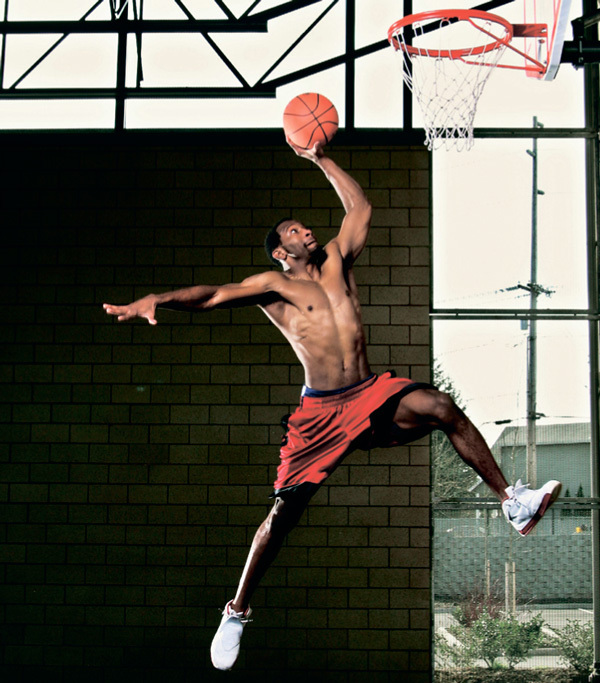
Consider some of the nuances of the game of pressing.
✅ Pressure is only applied after a scoring hit, as the seconds of the faceoff are needed to build the pressers. In addition, the ball is behind the end line, which complicates the task of the first number.
✅ If the pressure is broken by the opponent without much effort, it is necessary to switch to another type, or abandon it and not waste strength on a fruitless action. On the other hand, if the opponent overcomes your press, but spends a lot of time and effort, this is a sure sign that you are doing everything right.
✅ Safety net and doubling is the main basis of pressing, so in a team these mechanisms should work on an intuitive level, without words. Try to sharply grab the enemy in places where the boundaries of the site become an additional barrier. For example, it is very effective to make a sharp lunge with two on the first number of the opposing team immediately after he crossed the center line.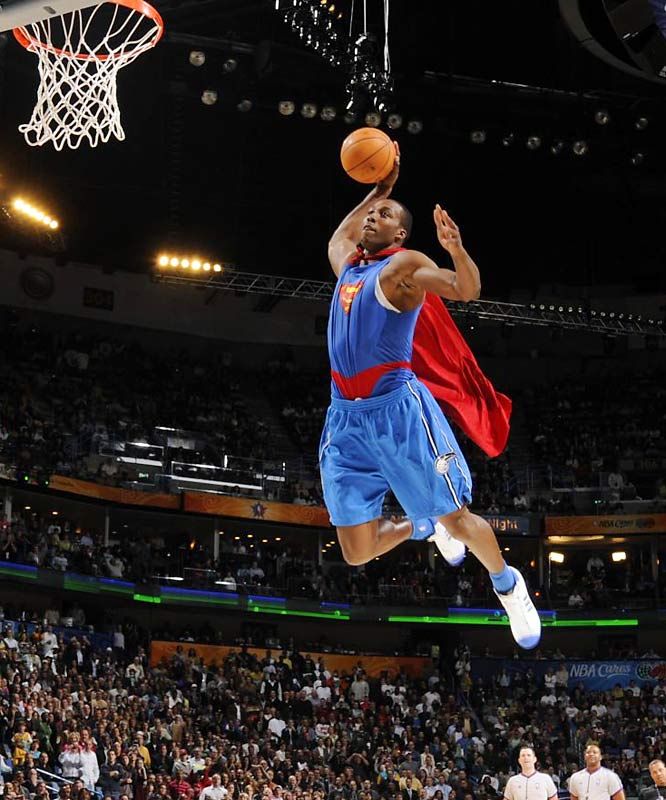
✅ The side of the site - there is a kind of "dead" zone. If you drive a dribbler there, then the probability of giving a good pass or making an effective throw (pass) is significantly reduced, the enemy is most likely to launch another “snot” to the partner, which can be easily intercepted.
By applying all these rules, your team will be able to work smoothly with such a basketball element as pressing!
Press protection | Team Defense in Basketball
It is best to start the pressing defense after a field goal or free throw. There are two types of pressure defense - personal and zone pressure. Each type can be applied to the entire site, three quarters of the site or half of it. Full-court pressing may begin when the ball is put into play from out of bounds, or when the first line of defending players begins active play at the opposing team's free-throw lines. Three-quarters pressing begins at the top of the opposing team's free throw area. Half court pressing starts one step before the line dividing the court into two halves.
The term "pressing defense" implies the use of offensive, attacking defense tactics. Its purpose is to upset the opponent's game, cause inaccurate passes of the ball, violation of the 10 second rule and deprive him of the initiative. The successful use of this defense requires good physical preparation of the players and a thorough study of the technique of defensive techniques.
The use of pressure defense places special demands on the team. The team needs a long bench and sufficient training time to improve both personal and zone pressing. Zone pressing throughout the court is more effective than personal pressing in most cases, since one good dribbler can destroy personal protection. A weak defender in personal pressing, usually an inactive winger, will not be able to counter even a mediocre dribbler.
Team pressing on the court is necessary when the game situation requires immediate possession of the ball. Urgent possession of the ball is mandatory when a team is down by one or two points with a few seconds remaining in the game and the opponent "freezes" the ball.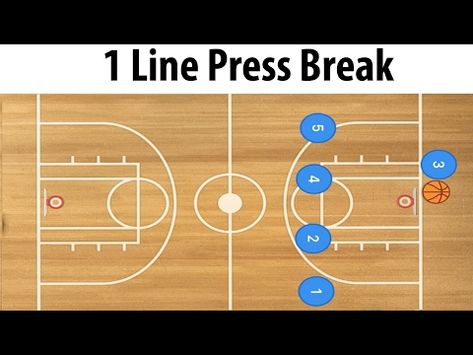 As shooting performance continues to improve (now the highest percentage of hits in the history of basketball), the quality of ball possession is deteriorating. Therefore, defense by pressing can interfere with the effectiveness of the attack, increasing the number of ball turnovers in the opposing team.
As shooting performance continues to improve (now the highest percentage of hits in the history of basketball), the quality of ball possession is deteriorating. Therefore, defense by pressing can interfere with the effectiveness of the attack, increasing the number of ball turnovers in the opposing team.
Press defense training . The coach must show on the diagrams the principles of interaction between players in personal and zone pressing. After the team members have studied the diagrams, the coach should conduct a theoretical session, using a slate board, if possible, to demonstrate tactical interactions. We need to sort out every detail before moving on to the demonstration on the court and insist that the players ask questions. After reviewing the drawings, the coach shows each player his place on the court with certain protective interactions; the team then does these interactions at a slow pace and finally plays at half strength against a weak sparring partner.
Pressing should be practiced daily, and introduced into the game only after the players have reached perfection. First, the coach introduces pressure in game situations where the team is not at risk of losing by applying it, or as a last resort in a losing game when an unexpected change of tactics is required. Usually players master personal pressing faster than zone pressing.
- Personal pressure protection
- Zone pressing defense
- Basic Interactions in Zone Pressing 1-2-1-1 Three Quarters or All Court
- 1-2-1-1 Zone Pressing Protection Change across the court
- Zone pressing 1-2-1-1 half court
- Use of special exercises
- Trainer settings
- General recommendations
- Benefits of pressing protection
- Shortcomings of pressing protection
Exercises . Daily practice in selected team defensive formations is a must. The coach must frequently use half court drills that include 1) personal defense with two against the ball carrier, 2) aggressive 2-3 defense with two against the ball carrier, and 3) zone pressing 1-2-1-1.